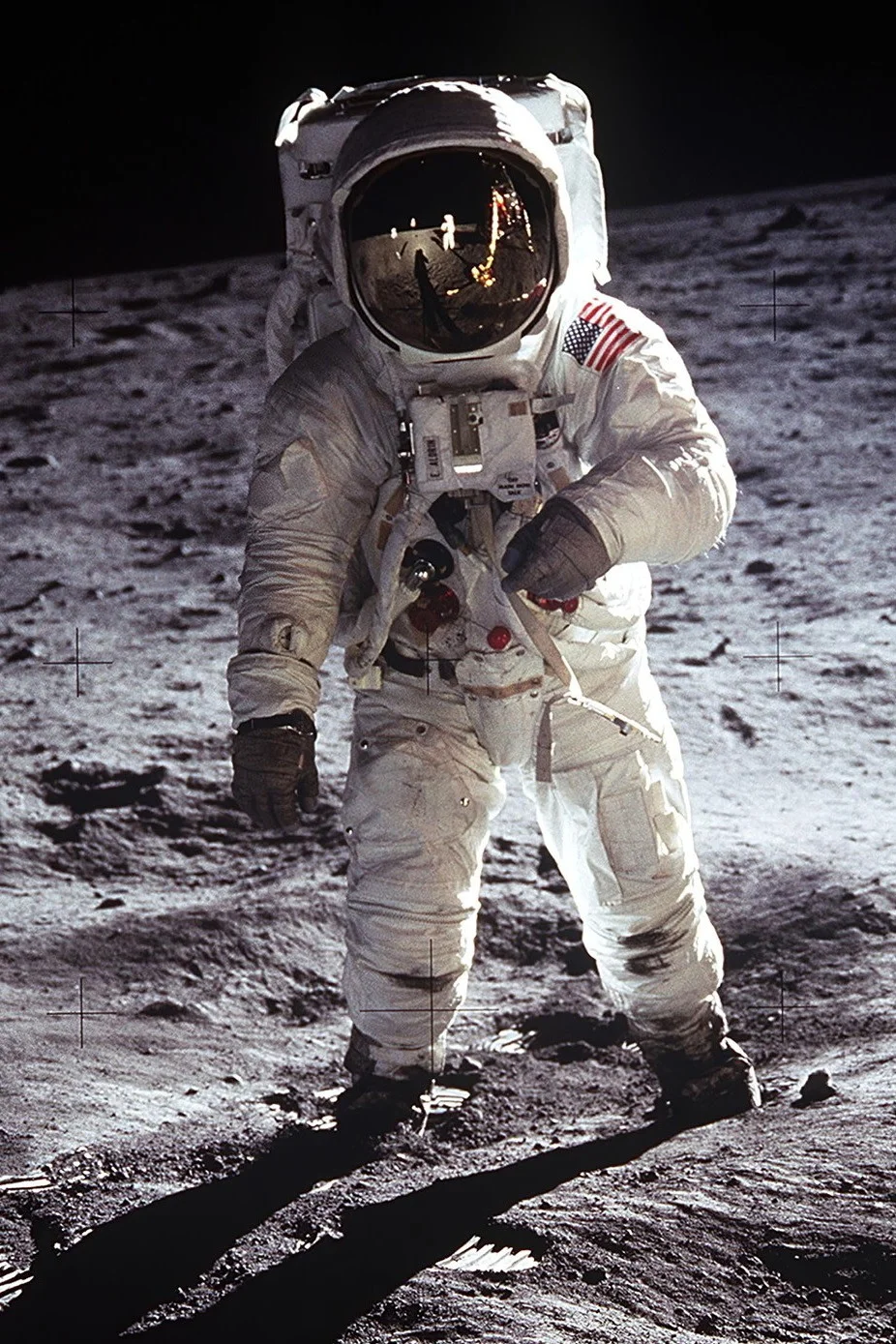
Beyond Omega: The New Race for Space-Worthy Watches Heats Up
For 60 years, the Omega Speedmaster has reigned supreme as the iconic timepiece certified for space flight by NASA. But with the rise of private space endeavors, a new generation of watchmakers is vying for a spot on astronauts' wrists, blending luxury, innovation, and extreme engineering. Is the race for space watches about to enter a new era?
The industry is seeing a surge of space-themed watches, ranging from artistic expressions to practical tools built for the harsh realities beyond Earth. While Louis Vuitton's Tambour Taiko Galactique offers a stunning, animated display of space flight with its seven-figure price tag, others prioritize functionality for the next generation of space explorers.

IWC, for instance, provided Pilot's Chronographs made of white ceramic to the SpaceX Polaris Dawn mission crew. These watches endured a spacewalk and were later auctioned for charity, highlighting the durability required for such extreme environments. Similarly, inspired by the movie Ad Astra, Rado's Diastar Original x Tej Chauhan leans into the aesthetics of near-future space exploration, showcasing a blend of design and fantasy.

Fortis is taking a particularly pragmatic approach, aiming to create the watch for a manned Mars mission. The company has rigorously tested its watches with space agencies, even launching chronograph movements to high altitudes in partnership with the Swedish Space Corporation (SSC) to ensure their resilience.
For those seeking a watch with official space agency approval, Micromilspec recently became the officially approved watchmaker for the US Space Force (USSF). Their focus is on creating a reliable “unit watch” rather than an overly expensive, advanced piece.

Meanwhile, Barrelhand, led by ex-NASA engineer Karel Bachand, is meticulously redesigning every component of a mechanical watch for space flight. Their Monolith EVA prototype even had components that traveled to the Moon with Intuitive Machines in 2024, pushing the boundaries of watch engineering.
Of course, Omega isn't standing still. They continue to innovate with the Speedmaster X-33 Marstimer and collaborate with private ventures like Steve Wozniak's Privateer program.
The quest for the ultimate space watch showcases a fascinating intersection of luxury, technological innovation, and the enduring human desire to explore the cosmos. Will one of these new contenders finally dethrone the Speedmaster, or will Omega maintain its legacy as the watch of choice for space explorers? What features do *you* think are most important in a space-worthy timepiece? Share your thoughts in the comments below!